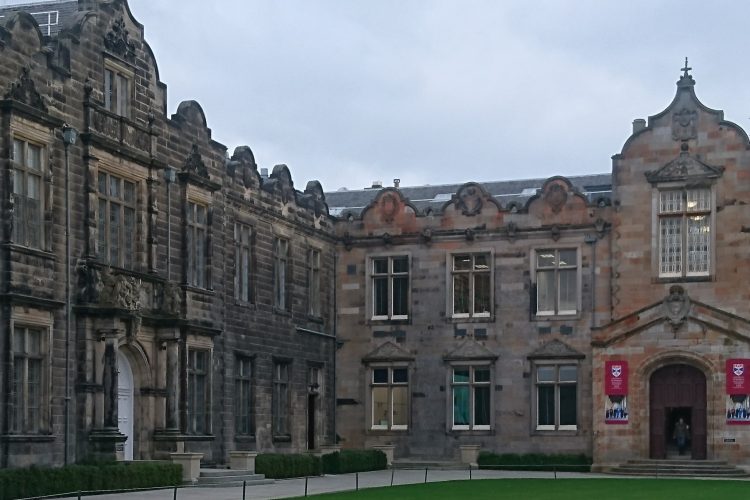Figures released earlier this month indicate that St Andrews University is second only to Oxford in a league table in which it would rather be nearer the bottom than the top. Data from the Higher Education Statistics Agency (HESA) shows that after Oxford, St Andrews took the highest proportion of privately-educated pupils in the UK in the academic year 2017-18.
The figures for private vs state educated pupils for 2017-18 show that the University of Oxford remains the university accepting the highest proportion of private school pupils, with 42%, closely followed by St Andrews on 40%, and then Durham and Imperial College on 39%. Cambridge was next, with 37% of its intake from private schools, with the universities of Bristol and Exeter on 34%.
Other data for privately-educated students attending Scottish universities include: Edinburgh on 34%, Aberdeen 15%, Glasgow 16% and Dundee 10%, Private school pupils make up just just 4% of the pupil total in Scotland, 7% of of the UK total.
The 2017/18 figure for St Andrews represents a rise of 4% since 2016/17, and has occurred in spite of an admissions policy committed to “reducing and eliminating barriers to entry for students with the potential to succeed at St Andrews” and seeking to ensure that “no student with the potential to do well is disadvantaged by social and economic disadvantage, whether this is related to their place of education, family background or residence”. St Andrews admissions policy
A spokesman for St Andrews defended the University’s record saying “We don’t recruit on the basis of schooling but look for academic potential. Using that approach, this year 49% of our Scottish students had access markers – background in care, a low progression school, or living in an area of multiple deprivation”.
In 2017/18, students domiciled in Scotland made up 27% of admissions to St Andrews, with Edinburgh admitting the next lowest percentage of domiciled Scots at 33%.
Commenting on the latest HESA data Luke Heselwood, a researcher at the think-tank Reform, who has studied disadvantaged participation, said: “If ministers want to do better, they should do three things: find a better measure for assessing disadvantage, evaluate universities’ spending on widening participation, and campaign to encourage applications from disadvantaged students”.
This latest measure of selective admissions comes after St Andrews was ranked one place above Cambridge at the bottom of the equity of participation table, which is a measure the proportion of pupils admitted from deprived backgrounds, published by the Higher Education Policy Institute for the academic year 2016-17.
Tracking the path from elite schools to elite universities to positions of influence in the professions and politics in their recently published book, ‘Engines of Privilege’ the historian David Kynaston and the education economist Francis Green, argue that ignoring the distorting effect effects of such a socially selective elite looks increasingly perverse and that the “profound unevenness of the great British playing field” may not enhance the nation’s post-Brexit future.
For the 2017/18 HESA statistics, go to: https://www.hesa.ac.uk/news/17-01-2019/sb252-higher-education-student-statistics
